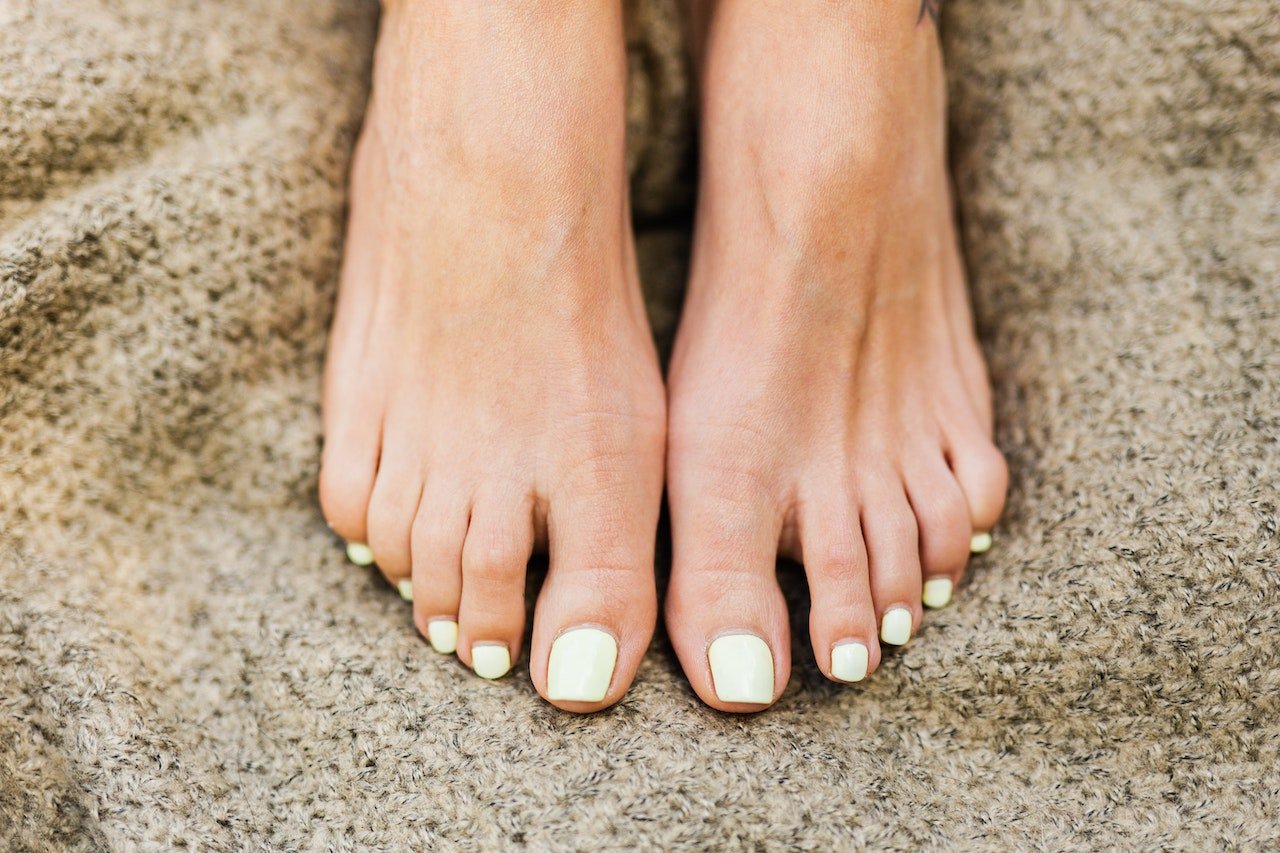Introduction
Nail fungus, medically known as onychomycosis, is a common condition that affects millions of people worldwide. It occurs when fungi, such as dermatophytes, yeasts, or molds, invade the nail bed, causing discoloration, thickening, and brittleness. While nail fungus is not life-threatening, it can be persistent and challenging to treat. Many people seek natural remedies to combat nail fungus, avoiding harsh chemicals or prescription medications.
This article explores the causes, symptoms, and risk factors of nail fungus, followed by effective natural solutions to restore healthy nails.
Understanding Nail Fungus
What Causes Nail Fungus?
Fungal infections thrive in warm, moist environments, making the feet particularly vulnerable. The following factors can contribute to nail fungus:
- Exposure to fungi in public places like swimming pools, gyms, or nail salons.
- Wearing tight shoes that trap moisture and create a breeding ground for fungi.
- Poor foot hygiene, including not drying feet properly.
- Weakened immune system due to diabetes, aging, or certain health conditions.
- Frequent use of artificial nails and nail polish, which trap moisture and prevent nails from breathing.
Symptoms of Nail Fungus
Common signs of a fungal nail infection include:
- Yellow, brown, or white discoloration of the nail.
- Thickened, brittle, or crumbly nails.
- Distorted nail shape and separation from the nail bed.
- Foul odor coming from the infected nail.
- Pain or discomfort, especially when wearing shoes.
If left untreated, nail fungus can spread to other nails and even surrounding skin, leading to conditions like athlete’s foot.
Natural Remedies for Treating Nail Fungus
Many natural remedies can help fight nail fungus, reduce symptoms, and prevent recurrence. Below are some of the most effective natural treatments:
1. Tea Tree Oil
Why It Works:
Tea tree oil is a powerful antifungal and antiseptic agent that helps kill fungal infections and prevent their spread.
How to Use:
- Mix a few drops of tea tree oil with a carrier oil (like coconut oil).
- Apply directly to the infected nail using a cotton swab twice daily.
- Let it dry completely before wearing socks or shoes.
2. Apple Cider Vinegar (ACV)
Why It Works:
ACV has antifungal and acidic properties that help restore the nail’s natural pH, making it difficult for fungi to survive.
How to Use:
- Mix equal parts ACV and warm water in a basin.
- Soak your feet for 15-20 minutes daily.
- Dry your feet thoroughly after soaking.
3. Coconut Oil
Why It Works:
Coconut oil contains caprylic acid, which can penetrate the fungal cell membrane and destroy it.
How to Use:
- Apply extra virgin coconut oil directly onto the affected nail.
- Massage gently and let it absorb.
- Repeat 2-3 times per day.
4. Garlic
Why It Works:
Garlic contains allicin, a natural antifungal compound that helps kill nail fungus.
How to Use:
- Crush a few garlic cloves to release allicin.
- Apply the garlic paste to the infected nail for 30 minutes before rinsing.
- Alternatively, take garlic supplements to boost antifungal properties from within.
5. Baking Soda
Why It Works:
Baking soda absorbs moisture, making it difficult for fungus to thrive. It also has mild antifungal properties.
How to Use:
- Mix baking soda with water to create a paste.
- Apply to the affected nail and let it sit for 10-15 minutes before rinsing.
- Repeat daily.
6. Lemon Juice
Why It Works:
Lemon juice is highly acidic and contains antifungal compounds that help stop the spread of infection.
How to Use:
- Apply fresh lemon juice directly to the infected nail.
- Leave it on for 30 minutes, then rinse with warm water.
- Repeat daily.
7. Epsom Salt Soak
Why It Works:
Epsom salt helps soften the nail and draw out infection. It also soothes inflammation.
How to Use:
- Mix ½ cup of Epsom salt in warm water.
- Soak your feet for 15-20 minutes daily.
- Dry thoroughly after soaking.
8. Oregano Oil
Why It Works:
Oregano oil contains thymol, a potent antifungal and antibacterial compound.
How to Use:
- Mix a few drops of oregano oil with a carrier oil.
- Apply to the infected nail twice daily.
Preventing Nail Fungus
To avoid recurring fungal infections, follow these preventive tips:
Keep Feet Dry: Always dry your feet thoroughly, especially between the toes.
Wear Breathable Shoes: Choose open-toe sandals or shoes made of natural materials.
Change Socks Daily: Avoid moisture buildup by wearing clean socks every day.
Use Antifungal Powders: Sprinkle antifungal powder in your shoes to keep them dry.
Trim Nails Properly: Keep nails short and clean to reduce fungal buildup.
Disinfect Nail Tools: Sterilize clippers, files, and other nail tools after each use.
Avoid Walking Barefoot in Public Areas: Protect your feet in communal showers, pools, and locker rooms.
When to See a Doctor
While natural remedies are effective for mild to moderate cases, medical treatment may be necessary if:
- The infection is spreading or becoming painful.
- The nail is completely discolored and thickened.
- You have diabetes or a weakened immune system.
A doctor may recommend oral antifungal medications or laser therapy for severe cases.
Final Thoughts
Nail fungus can be stubborn, but natural remedies like tea tree oil, apple cider vinegar, and coconut oil can help restore healthy nails without harsh chemicals. Maintaining proper foot hygiene and following preventive measures are key to avoiding reinfection.
If natural treatments don’t work or the infection worsens, consult a healthcare provider for professional advice.
By taking proactive steps and using natural solutions, you can achieve stronger, healthier nails and keep fungal infections at bay!
References & Citations
- Mayo Clinic – Nail Fungus: Causes & Treatments https://www.mayoclinic.org
- National Center for Complementary and Integrative Health – Herbal Remedies for Fungal Infections https://nccih.nih.gov
- American Academy of Dermatology – How to Prevent Toenail Fungus https://www.aad.org
Would you like images added to this article? Let me know, and I can generate some visuals for you!

